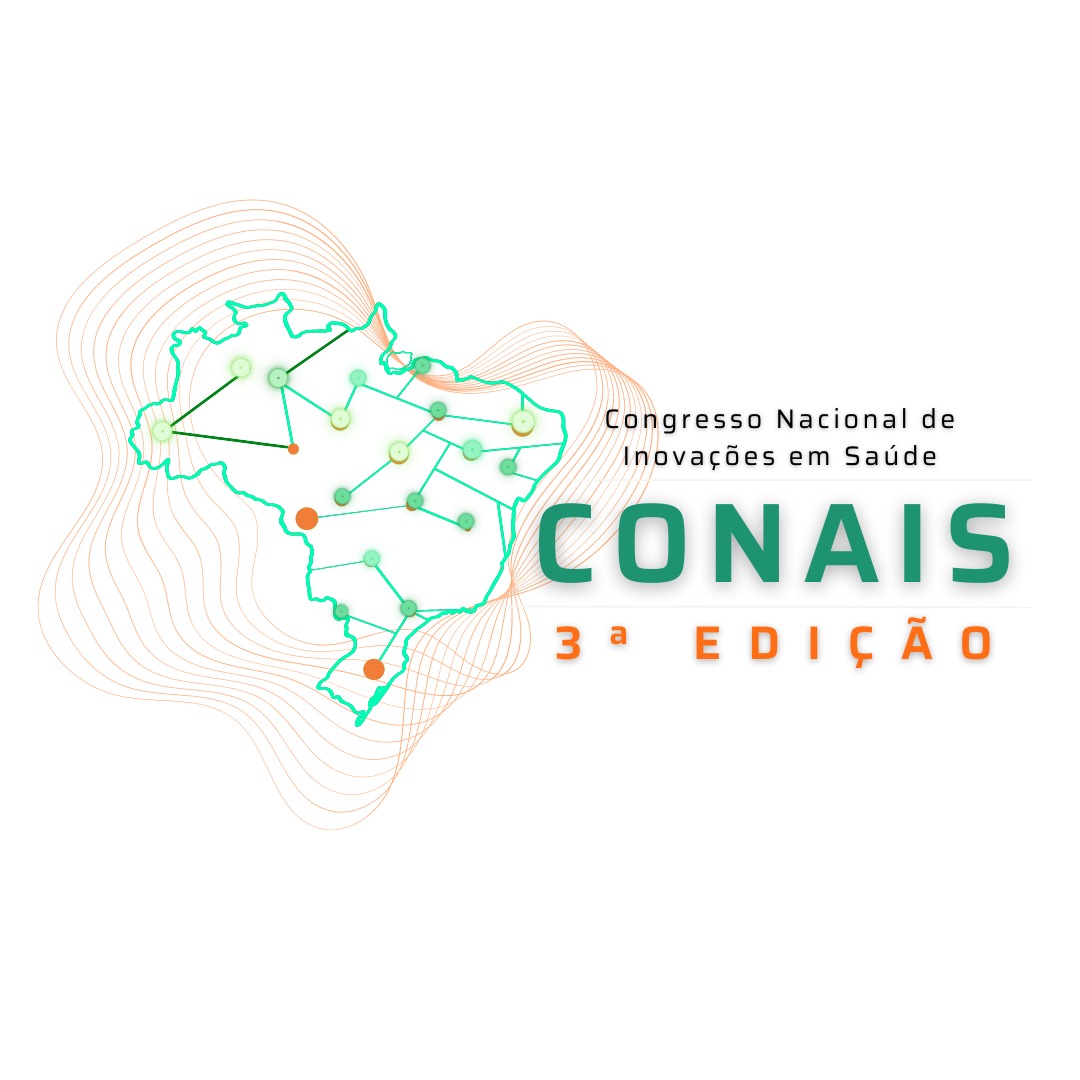EFEITO DO PLASMA ATMOSFÉRICO A FRIO NA ADESÃO PLAQUETÁRIA EM SUPERFÍCIES DE TITÂNIO
Main Article Content
Abstract
A formação de coágulos em implantes ósseos produz fatores pró-angiogênicos criando um microam-biente adequado para que ocorra a osteogênese, garantindo o sucesso do implante ósseo. O objetivo deste trabalho foi avaliar o efeito do plasma atmosférico frio (CAP) em superfícies de titânio (Ti) na adesão e ativação plaquetária e no tempo de coagulação. Para isso, foram produzidos discos de titânio tratados por CAP durante 15 minutos na voltagem de 15Kv, frequência de 600Hz e 1 L/min de hélio. A topografia foi avaliada por microscopia de força atômica (AFM), a composição química por espec-troscopia de fotoelétrons de raios X (XPS) e a molhabilidade por teste de gota séssil. Foram coletados 30mL de sangue com citrato de sódio 3,2%. O plasma rico em plaquetas (PRP) foi obtido por centri-fugação a 1000 rpm por 5 min. O tempo de protrombina e tromboplastina parcial foram medidos usando um coagulômetro semiautomático. 800μL de PRP foram distribuídos sobre as amostras e incubados por 60 minutos a 37ºC em atmosfera úmida. Em seguida, as amostras foram lavadas com PBS para remoção de plaquetas não aderidas, fixadas e observadas em microscópio eletrônico de varredura (MEV) e analisadas no software ImageJ. A adesão plaquetária foi determinada pela distân-cia e número de plaquetas aderidas e ativadas. As amostras tratadas por CAP apresentaram maior ativação plaquetária, maior número de plaquetas na superfície e maior distância quando comparadas às polidas, o que resultou em menor tempo de coagulação proporcionando formação mais rápida de coágulos, frequentemente associado a maior biocompatibilidade do implante e melhor osseointegra-ção.
Article Details

This work is licensed under a Creative Commons Attribution 4.0 International License.
Authors retain the copyright of their articles and grant the journal the right of first publication under the Creative Commons Attribution (CC BY) license, which allows others to share and adapt the work with proper attribution.
References
Baseri, M., Radmand, F., Hamedi, R., Yousefi, M., & Kafil, H. S. (2020). Immunological Aspects of Dental Implant Rejection. BioMed Research International, 2020.
Bernhardt, T., Semmler, M. L., Schäfer, M., Bekeschus, S., Emmert, S., & Boeckmann, L. (2019). Plasma Medicine: Applications of Cold Atmospheric Pressure Plasma in Dermatology. Oxidative Medicine and Cellular Longevity, 2019, 10–13. https://doi.org/10.1155/2019/3873928
Hudecki, A., Kiryczyński, G., & Łos, M. J. (2018). Biomaterials, definition, overview. In Stem Cells and Biomaterials for Regenerative Medicine (pp. 85–98). Elsevier. https://doi.org/10.1016/B978-0-12-812258-7.00007-1
Junkar, I. (2016). Interaction of cells and platelets with biomaterial surfaces treated with gaseous plasma. In Advances in Biomembranes and Lipid Self-Assembly (Vol. 23, pp. 25–59). Elsevier B.V. https://doi.org/10.1016/bs.abl.2016.01.002
Kulkarni, M., Mazare, A., Gongadze, E., Perutkova, Kralj-Iglic, V., Milošev, I., Schmuki, P., Iglič, A., & Mozetič, M. (2015). Titanium nanostructures for biomedical applications. Nanotechnology, 26(6). https://doi.org/10.1088/0957-4484/26/6/062002
Nagata, M. J. H., Messora, M., Pola, N., Campos, N., Vieira, R., Esper, L. A., Sbrana, M., Fucini, S., Garcia, V., & Bosco, A. (2010). Influence of the ratio of particulate autogenous bone graft/platelet-rich plasma on bone healing in critical-size defects: a histologic and histometric study in rat calvaria. Journal of Orthopaedic Research : Official Publication of the Orthopaedic Research Society, 28(4), 468–473. https://doi.org/10.1002/JOR.21027
Raines, A. L., Olivares-Navarrete, R., Wieland, M., Cochran, D. L., Schwartz, Z., & Boyan, B. D. (2010). Regulation of angiogenesis during osseointegration by titanium surface microstructure and energy. Biomaterials, 31(18), 4909–4917. https://doi.org/10.1016/j.biomaterials.2010.02.071
Ratner, B. D. (2013). Introduction: Biology and Medicine – Key Concepts in the Use of Biomaterials in Surgery and Medical Devices. Biomaterials Science: An Introduction to Materials: Third Edition, 393–394. https://doi.org/10.1016/B978-0-08-087780-8.00035-8
Rausch-fan, X., Qu, Z., Wieland, M., Matejka, M., & Schedle, A. (2008). Differentiation and cytokine synthesis of human alveolar osteoblasts compared to osteoblast-like cells (MG63) in response to titanium surfaces. Dental Materials : Official Publication of the Academy of Dental Materials, 24(1), 102–110. https://doi.org/10.1016/J.DENTAL.2007.03.001
Shiu, H. T., Goss, B., Lutton, C., Crawford, R., & Xiao, Y. (2014). Formation of blood clot on biomaterial implants influences bone healing. Tissue Engineering. Part B, Reviews, 20(6), 697–712. https://doi.org/10.1089/TEN.TEB.2013.0709
Tominami, K., Kanetaka, H., Sasaki, S., Mokudai, T., Kaneko, T., & Niwano, Y. (2017). Cold atmospheric plasma enhances osteoblast differentiation. PloS One, 12(7). https://doi.org/10.1371/JOURNAL.PONE.0180507
Yin, X., Yang, C., Wang, Z., Zhang, Y., Li, Y., Weng, J., & Feng, B. (2021). Alginate/chitosan modified immunomodulatory titanium implants for promoting osteogenesis in vitro and in vivo. Materials Science & Engineering. C, Materials for Biological Applications, 124. https://doi.org/10.1016/J.MSEC.2021.112087
